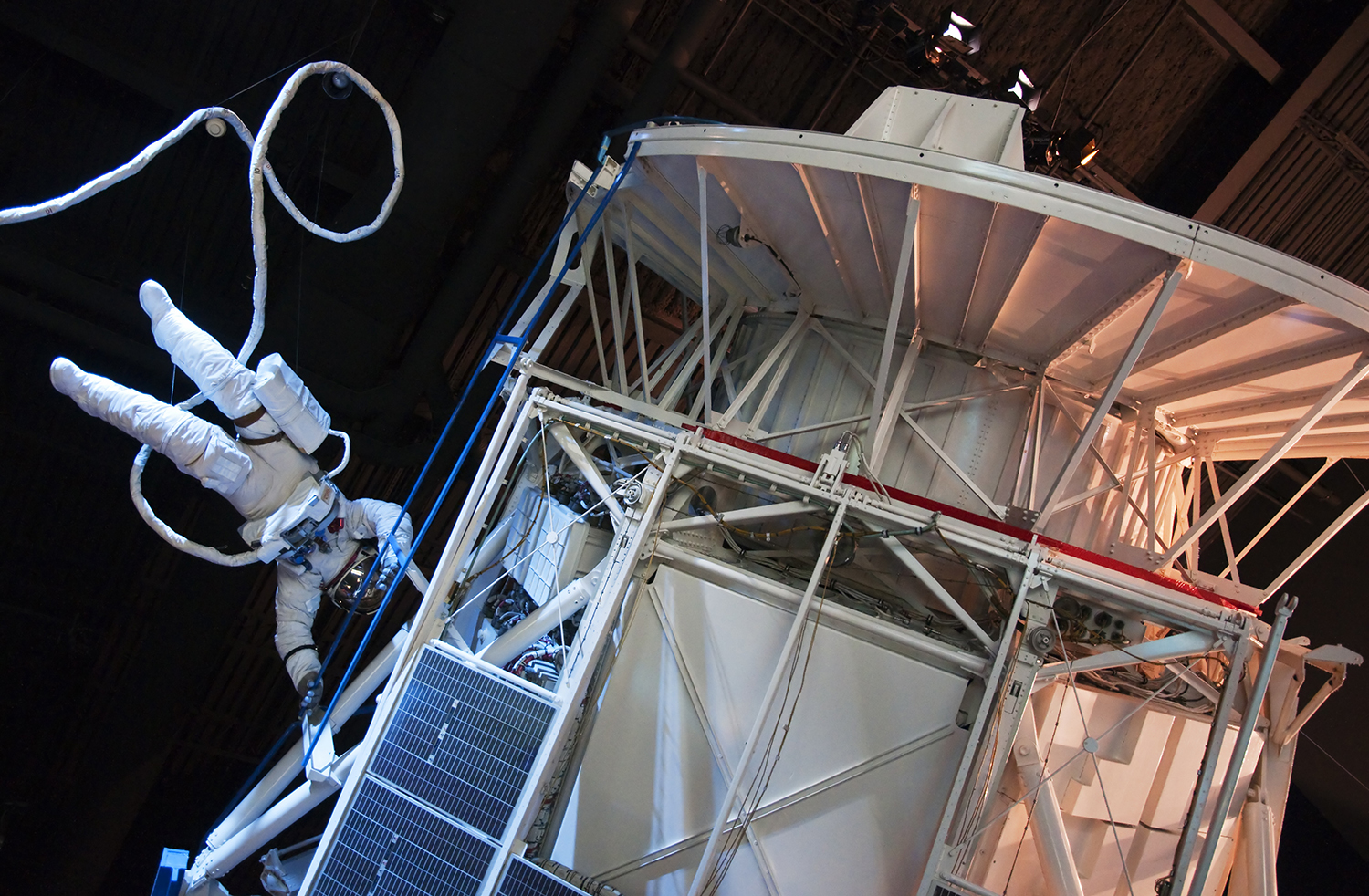
The mother of all space museums, the Space Center (spacecenter.org) is NASA's official visitor site. With loads of hands-on learning for kids, a huge variety of simulators, mind-blowing historic artefacts and access to the Johnson Space Center, there is no other space attraction quite like it. You can experience what it feels like to walk on the moon, have lunch with an astronaut, enjoy live demonstrations on the science behind space travel and take a virtual journey across the solar system.

Set under England's darkest skies, the Kielder Observatory (kielderobservatory.org) offers a choice of family-oriented events aimed at introducing the wonders of the night sky to younger visitors. Bring your own telescope and get some expert advice or use their mega-telescopes to see into deep space. You can chill on the observatory deck, lie back in a moon chair and observe the Milky Way, learn about the myths and science behind the Northern Lights or even camp in a yurt and enjoy some wild stargazing. Events must be booked in advance.
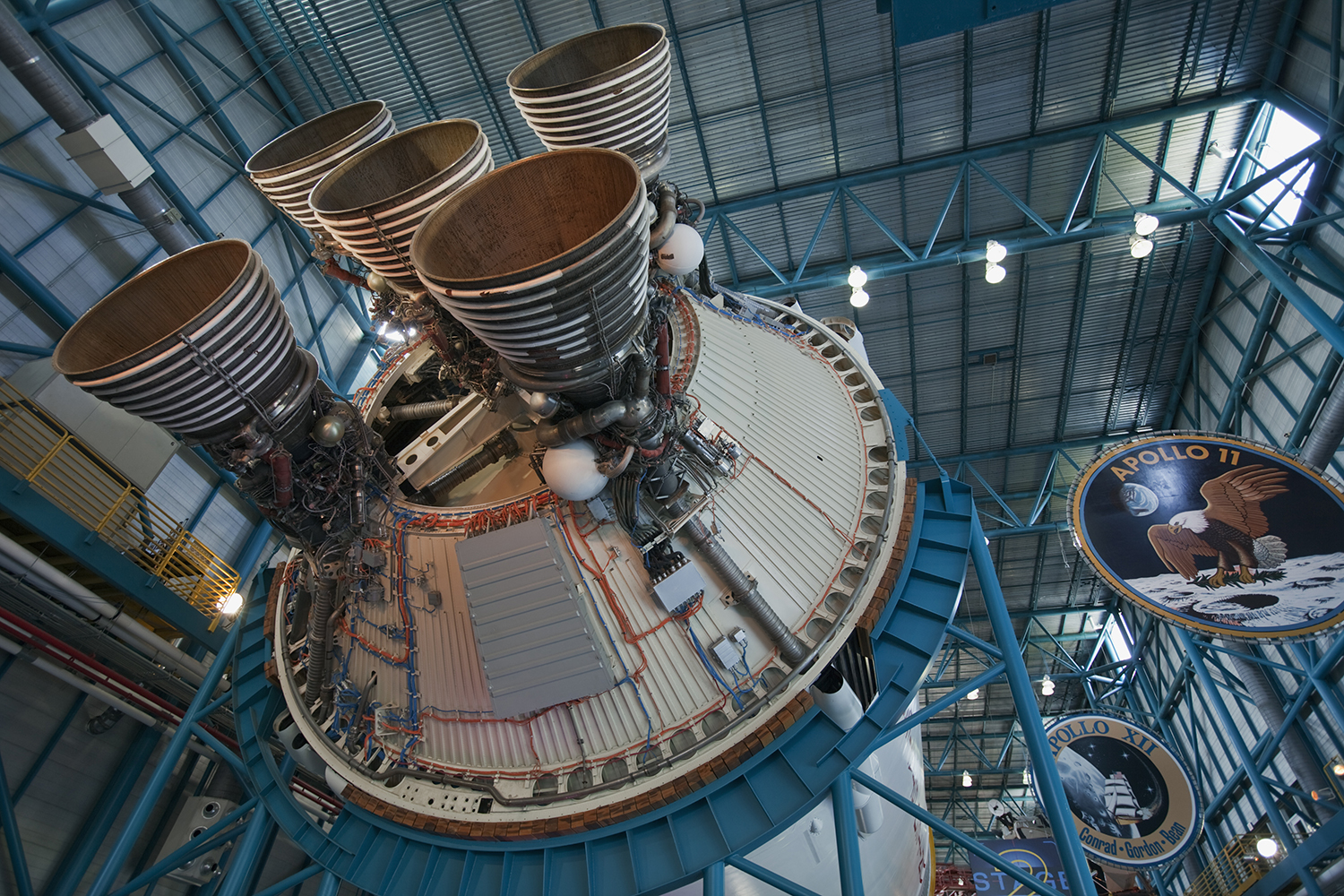
The renowned Kennedy Space Center (kennedyspacecenter.com) on Cape Canaveral was where some of the most famous space missions were launched and the visitor centre is as close as most of us will get to the real thing. Full of high-tech simulators and interactive exhibits, you can also see original rockets and shuttles, experience a virtual launch, meet veteran astronauts and find out about life aboard the ISS in the IMAX theatre. Kids can join a half-day Astronaut Training Experience then marvel at the real McCoy in the US Astronauts Hall of Fame.

Set in the gloriously hands-on World of Science (telusworldofscienceedmonton.ca), the Space Place lifts the lid on all things intergalactic. With oodles of gadgets to test and experiments to try, kids can learn if life exists on other planets, how Earth can be protected from asteroids, and what aliens might look like. Tots can climb through a giant sun dome while older kids will love exploring the space station and trying to control a Mars rover.
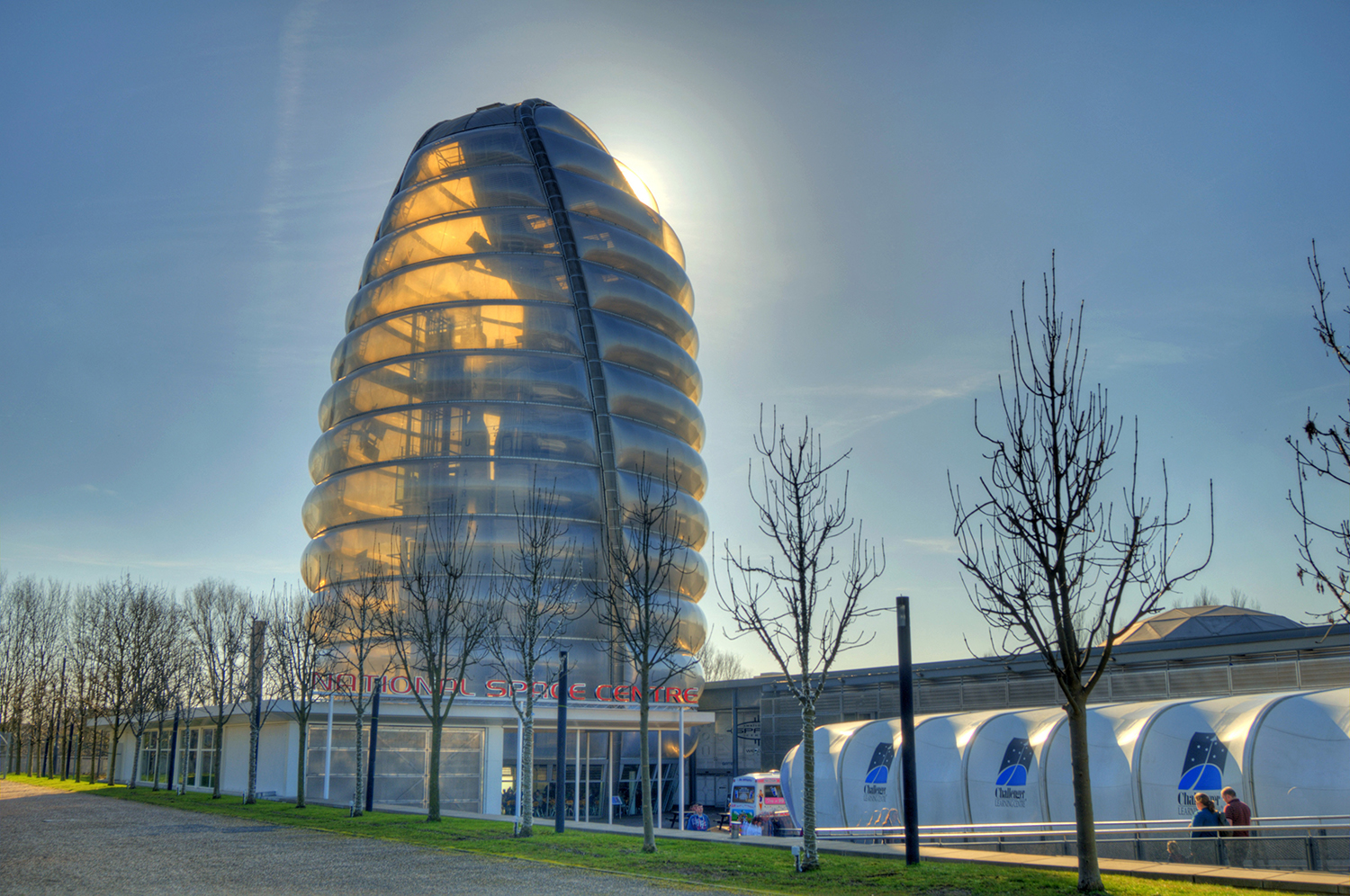
Chock-full of all the gadgets, gizmos and games you could ever wish for, the National Space Centre (spacecentre.co.uk) covers everything from the search for extraterrestrial life to the origins of the Big Bang. Ever wondered what might happen if you farted in a spacesuit or fell into a black hole? Well, this is the place to find out. Sit inside the Vostok Capsule and go on a virtual mission, walk through a mock-up of the International Space Station (ISS), take a trip through a wormhole or become a trainee astronaut and learn to moonwalk.
The Euro Space Center (eurospacecenter.be/esc) offers a range of family-oriented programs combining high-tech simulations with full-scale replica space shuttles and super-sized space-themed playgrounds. Activities and tours are aimed at children aged six and over and include a variety of day-long activities such as virtual space missions, astronaut training, microrocket building and virtual flights to the ISS. You can enjoy a thrilling ride on an asteroid in the dynamic cinema or explore a galactic maze and a giant 3-D solar system.
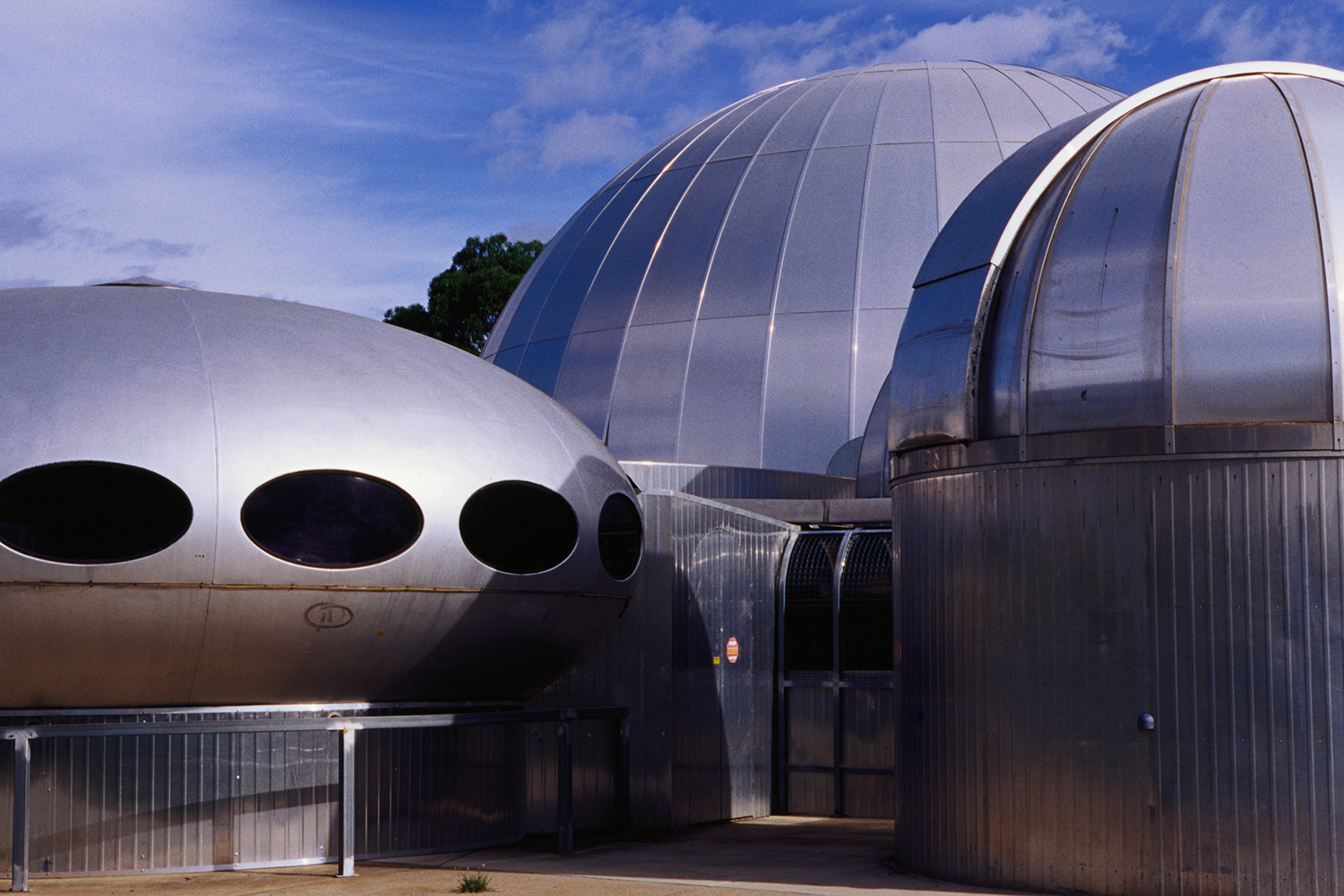
Ever wondered just how we get information back from robotic missions into space? Well, the Canberra Deep Space Communication Complex (cdscc.nasa.gov) is a key part of the answer. Here you can get superb views of the largest antenna complex in the southern hemisphere, see models of spacecraft, take a virtual trip across the galaxy and discover how technology, science and engineering combine to let us communicate with robots in outer space.
The National Air & Space Museum (airandspace.si.edu) covers everything from the history of aviation to spaceflight, astronomy and the planets. There's a public observatory with guided stargazing, an IMAX theatre with child-friendly presentations, family days with loads of hands-on activities, and opportunities to meet pilots, astronauts, and scientists. You can also touch a moon rock, ride simulators and see the Apollo 11 Command Module Columbia.
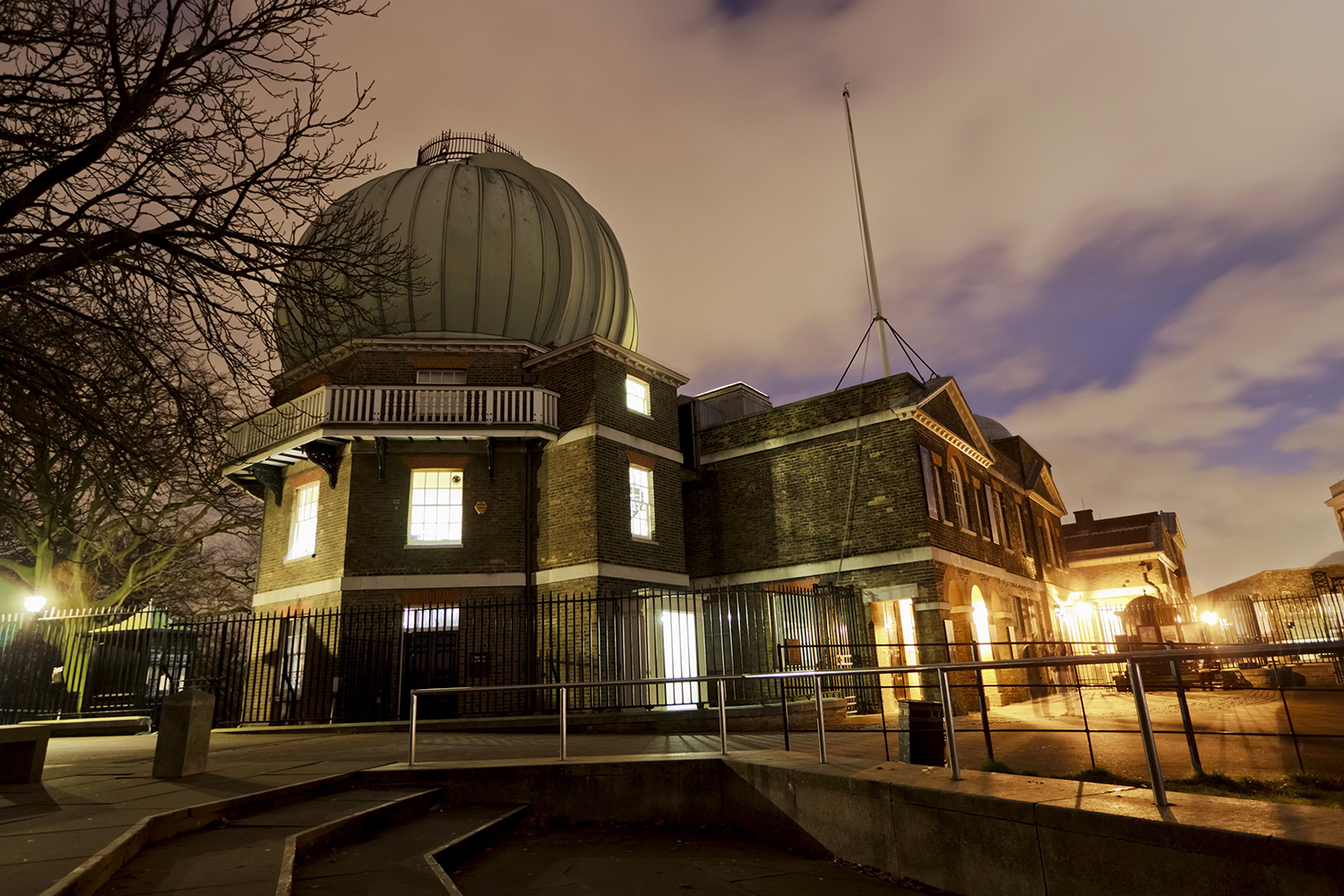
Stand with your feet straddling the hemispheres and look to the skies at the Royal Observatory Greenwich (rmg.co.uk/royal-observatory) where you can learn about the history of space exploration and investigate the techniques used to uncover the mysteries of the skies. Take a tour of the Universe in the planetarium, touch a 4.5 billion-year-old asteroid, learn about dark matter or even try your hand at guiding a space mission.
Home to one of the largest collections of rockets and space memorabilia anywhere in the world, the US Space & Rocket Center (rocketcenter.com) is the showcase for the Saturn V Moon Rocket, the Pathfinder and the Apollo 16 Command Module. Outdoors you can see an impressive collection of launch vehicles in the Shuttle Park, while indoors, simulators allow visitors to experience a rocket launch, weightlessness and G-forces, crawl about the ISS, and explore Mars.
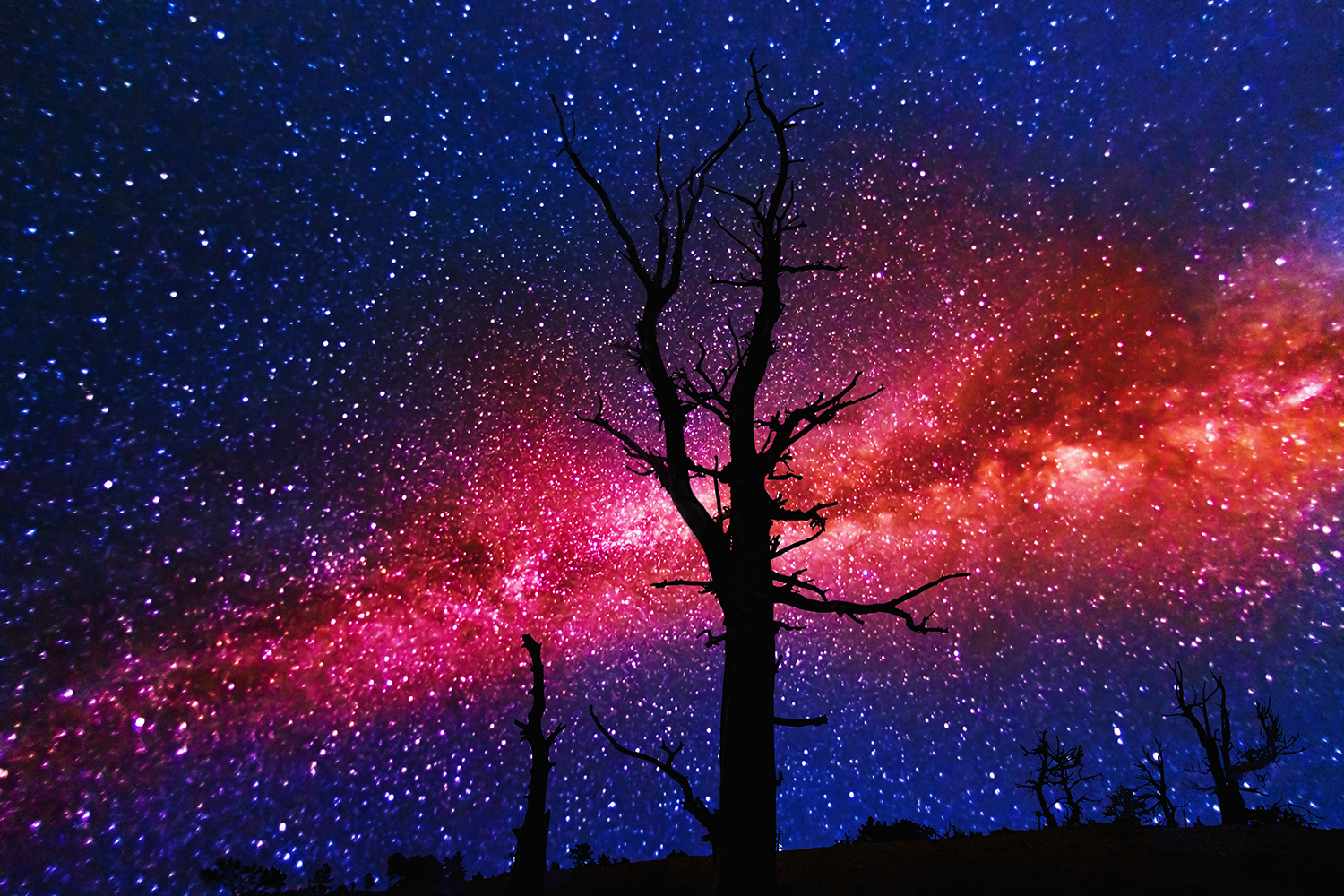
The untouched landscapes and dark skies of the US National Parks offer excellent venues for stargazing and a host of parks offer guided night sky programs with multimedia shows and stargazing walks. At Bryce (nps.gov/brca/planyourvisit/astronomyprograms.htm) you can see 7500 stars on a moonless night with the Milky Way extending right across the sky from end to end, while at Chaco (nps.gov/chcu/planyourvisit/nightsky.htm) in remote northwest New Mexico, a permanent observatory lies beside 1000-year-old buildings aligned to the solar and lunar cycles.
Set in a super shiny building on a working airfield, the Canada Aviation & Space Museum (casmuseum.techno-science.ca) combines the wonder of flight with the challenges of life in outer space. Here you'll get answers to all your kids' questions on astronauts and bodily functions in the Living in Space exhibition, learn how weightlessness affects daily life on the ISS and how astronauts get around the challenges of living in zero gravity.
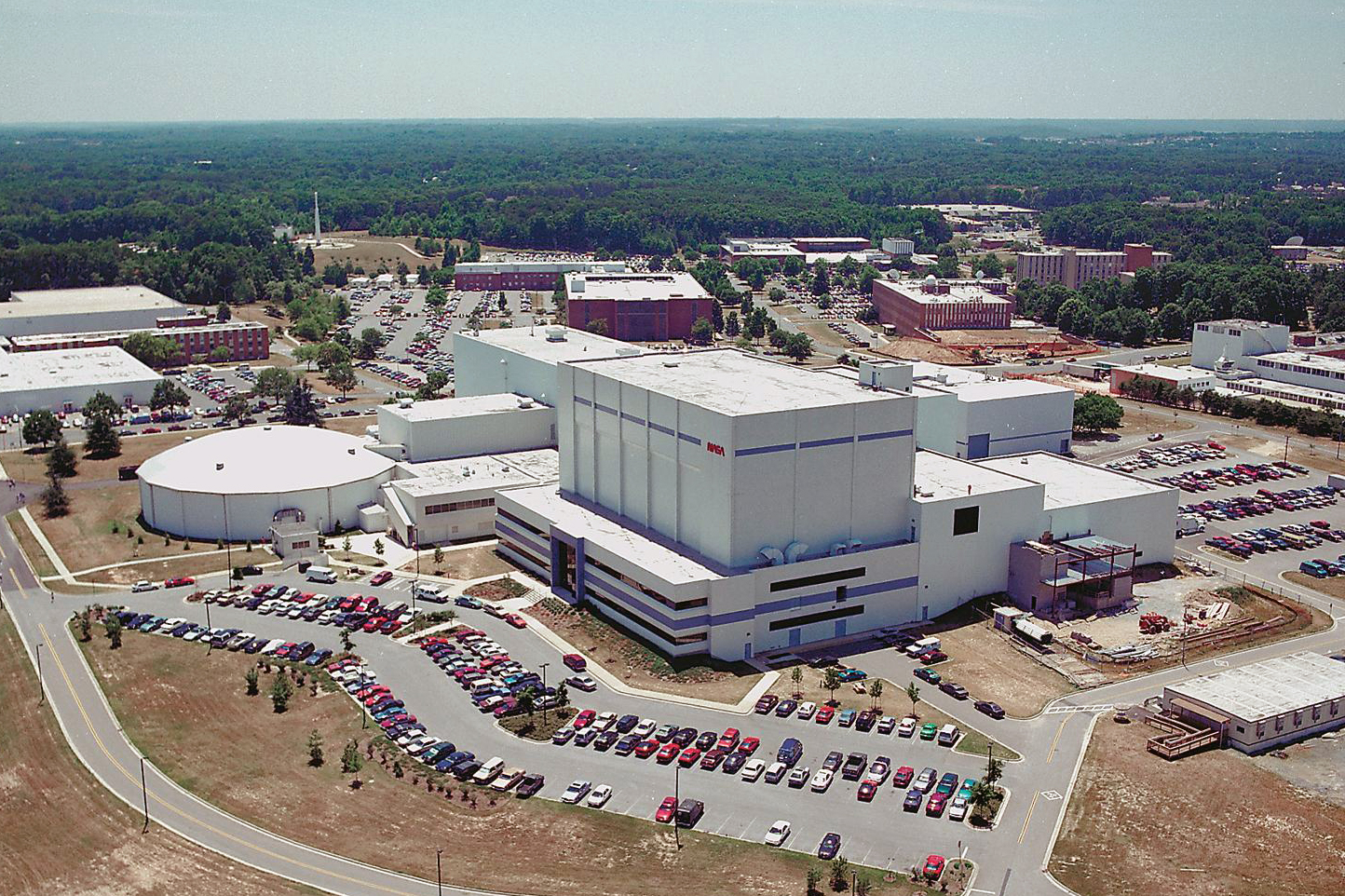
A high tech centre of development manned by scientists, engineers and technologists, NASA's Goddard Space Flight Center (nasa.gov/centers/goddard/home) is where spacecraft and their instruments get built. At the visitor centre you can learn about new innovations, climb inside a Gemini capsule model, participate in one of the monthly model rocket launches and let your little ones try on kid-sized space suits.
Set in a futuristic building in Neil Armstrong's hometown, the Armstrong Air & Space Museum (armstrongmuseum.org) documents his personal story as well as the history of space exploration. Home to the Gemini VIII spacecraft, Neil Armstrong’s Gemini and Apollo spacesuits, and an Apollo 11 moon rock, you can also see a variety of interactive exhibits and try out simulated moon and shuttle landings, or attempt to dock the Gemini capsule.